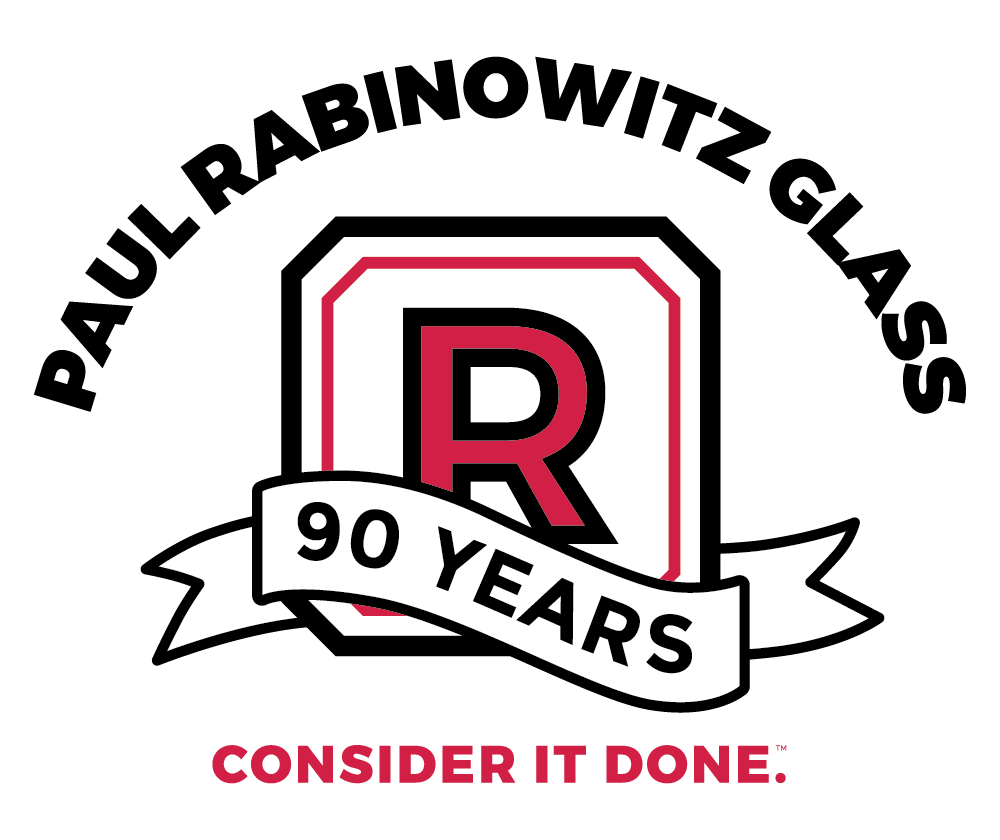Types of Commercial Door Hardware
When a door is needed for commercial offices or a commercial building, several decisions go into one glass door. There are many concerns to take into consideration: amount of traffic through the door, safety concerns and decorative issues like finishes.
All of these considerations lead to choosing among these types hardware: commercial levers, commercial door knobs, commercial door closures, commercial door pulls, commercial push plates, commercial door kick plates, commercial door hinges, commercial door locks and deadbolts and commercial door exits.
Commercial Levers
Commercial lever handles are stronger and more durable than residential locks because they are built to a higher standard than residential hardware. Most commercial locks are made with a heavy duty cylindrical chassis, but there are lighter and heavier duty versions. Light duty versions have a standard tubular chassis, and heavy duty mortise locks. There are several kinds of commercial lever sets: keyed entry levers, privacy levers, passage levers, dummy levers, electronic levers, classroom levers, storeroom levers, dormitory levers, vestibule levers, corridor levers and asylum levers.
There are different levels of durability among commercial locks. Grade 1 locks are the most durable, the heavy duty locks used for such applications as hospitals, public buildings, schools and factories. Grade 2 commercial levers are best for medium duty applications. These Grade 2 levers are best for medical, office, hotel/motel, religious buildings, apartment buildings, retail store and for heavy duty residential use. Keyed function lever sets come with a standard or removable key core.
Commercial Door Knobs
There are several kinds of commercial door knobs such as: keyed entry knobs, privacy knobs, passage knobs, dummy knobs, classroom knobs, storeroom knobs and hotel knobs. Commercial door knobs are constructed to withstand the rigors of use in heavy traffic areas. Commercial locks are graded by ANSI (American National Standards Institute) for strength and durability.
Like with commercial door levers, commercial door knobs come in different gradients to handle varying levels of duty. Grade 2 commercial knobs handle light or medium commercial applications, including professional buildings, hotel/motel, religious buildings, apartment complexes or high traffic residential areas. Grade 1 commercial door knobs handle heavy duty applications. These door knobs are required in places where hard or continuous use is expected, places such as hospitals, schools, public buildings, industrial buildings and factories. Some of the commercial door knobs are available with a standard key cylinder or with removable key core.
Interconnected commercial door knobs are used in apartment buildings or the like where single action egress hardware is required. Door knobs do not meet ADA requirements. If your projects requires ADA compliant hardware, see our commercial lever handles.
Commercial Deadbolts
Usually used with commercial door knobs, commercial deadbolts come in many varieties. The kinds of deadbolts include single cylinder deadbolts, double cylinder deadbolts, one-sided deadbolts, indicator deadbolts, mechanical deadbolts, classroom deadbolts, Bluetooth-enabled deadbolts and deadbolts with key pads.
Commercial Door Closures
Door closures are a great solution to higher traffic doors in commercial applications where spring hinges just won’t do. There are many kinds of door closures such as surface mount door closer, hold open door closures, concealed door closures, delayed door closures and electronic door closures .
Door closures also come with several options such as “hold open,” which is used to keep the door open during high traffic periods, and a “soft close” the door down to avoid a loud slam.
Door Pulls and Door Push Plates
Instead of commercial levers and commercial door knobs, there are commercial door pulls and door push plates.
Commercial Door Kick Plates
Commercial door kick plates come in various sizes and are mounted using screws or magnets. Kick plates are typically ordered 2″ skinnier than the width of the door to avoid interrupting the trim and weather stripping.
Commercial Door Hinges
Commercial grade door hinges are set apart by the use of thicker gauge metal and a sturdier, more secure design. It’s always best, when selecting commercial grade door hinges, to purchase the same brand as the rest of the door hardware chosen to maintain the most consistency in hardware finishes.
Interconnected Door Locks
When the knob or lever is turned to open the door, an internal mechanism in an interconnected door lock deactivates the deadbolt lock. Not only is this type of lock convenient, but it is also required by some retirement homes or some municipalities for certain applications like group.
Commercial Door Panic Devices
Commercial door exit devices, perhaps more commonly referred to as “panic devices,” are the T-shaped bars that lay across a commercial door at approximately elbow height. They have “touch” bars that release the locking mechanism allowing for exit. These are most commonly used on rear doors that are part of a fire exit or emergency exit strategy. There are a few kinds of panic devices such as rim exit devices, rod exit devices and mortise lock exit devices.
All of these types of commercial door hardware come in several types of finishes. The available options include polished brass, antique brass, oil rubbed bronze, satin nickel, antique pewter, satin or polished chrome, aged bronze, satin bronze, white and matte black.
With so many pieces of door hardware to choose from, it can get pretty overwhelming. We’ll help you find the perfect commercial door closures, commercial door locks, commercial door hinges, commercial door knobs, commercial door stops and commercial door push, pull and kick plates. Give us a call (215-425-8600) and let us know what you’re up to. We’re happy to serve you!
